10 everyday items only the rich could once afford
Things we take for granted that used to cost a fortune

It's fair to say that many of us take aspects of 21st-century life for granted – our phones, our computers, our TVs... even a cup of tea! But for many people in decades and centuries past, the products and services we enjoy today were once a luxury only the wealthiest members of society could afford.
Read on to discover the everyday items that were once available only to the rich and find out when they became affordable for everyone else.
All dollar amounts in US dollars.
Tea: became widely affordable in 1784
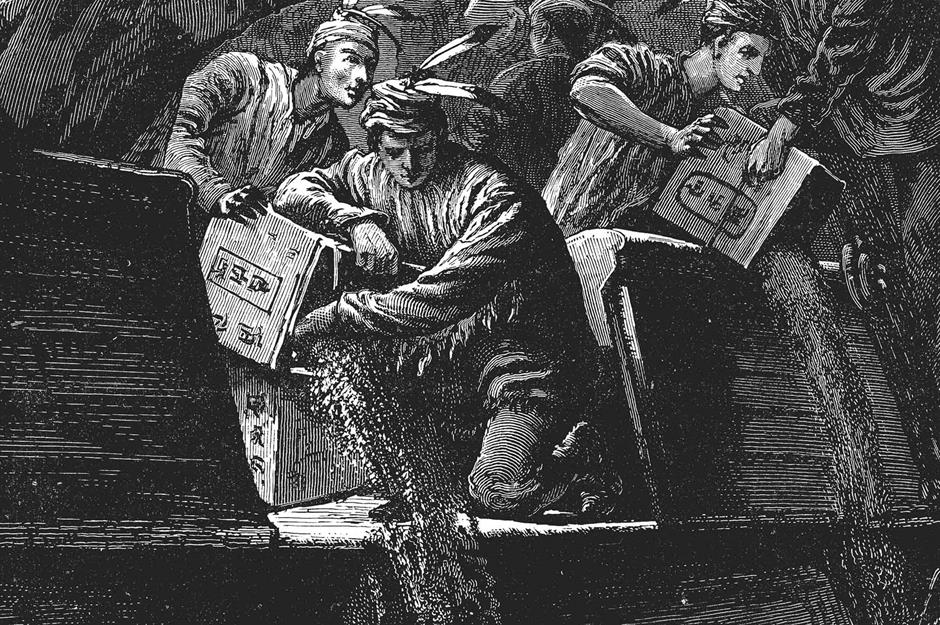
Tea is arguably the national drink of the UK, and for many Brits, the idea of going without at least one cup a day is unfathomable. For most of the 18th century, however, tea was a luxury that only the wealthiest members of society could afford. The high taxes on imported tea, a 119% tariff, resulted in many problems, including tea smuggling.
It also sparked 1773's Boston Tea Party (pictured) – a political protest in which American colonists, enraged at Britain for imposing exorbitant taxes, stormed a merchant ship before hurling 342 chests of imported tea into the harbour.
Tea: became widely affordable in 1784
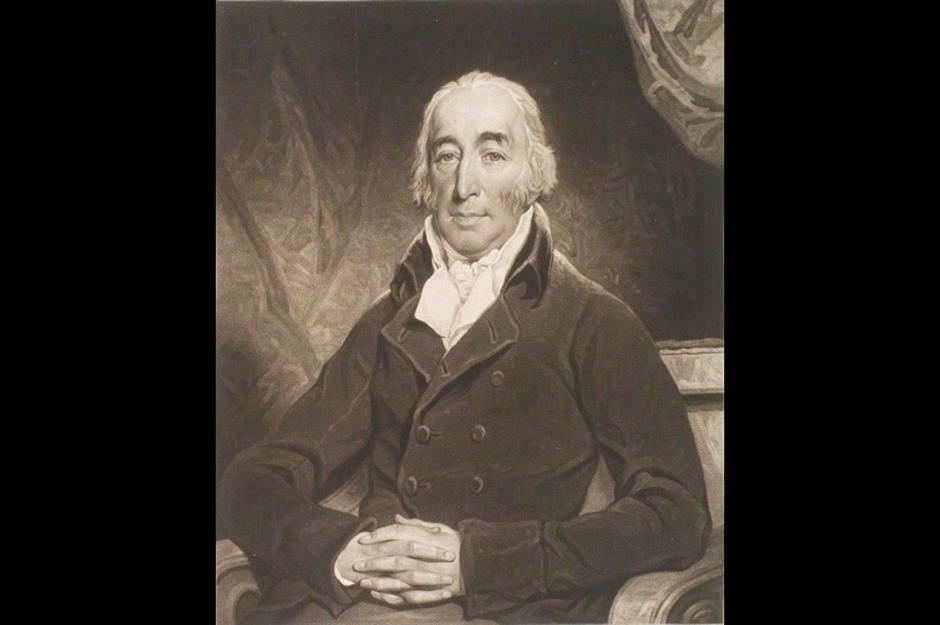
Things changed when Richard Twining (pictured) of Twinings Tea Company persuaded British Prime Minister William Pitt that reducing taxes would increase tea revenues and end smuggling. As a result, the Commutation Act of 1784 was passed, lowering tea tariffs from 119% to 12.5% and making the beverage affordable to all.
Within a decade the industry was booming, and the drink had become a feature of everyday life. Today, tea is the most widely consumed beverage in the world, second only to water. According to the Index Mundi, the average price of a kilogram of tea is currently just £1.84 in the UK and $2.31 in the US.
Cars: became widely affordable in 1908
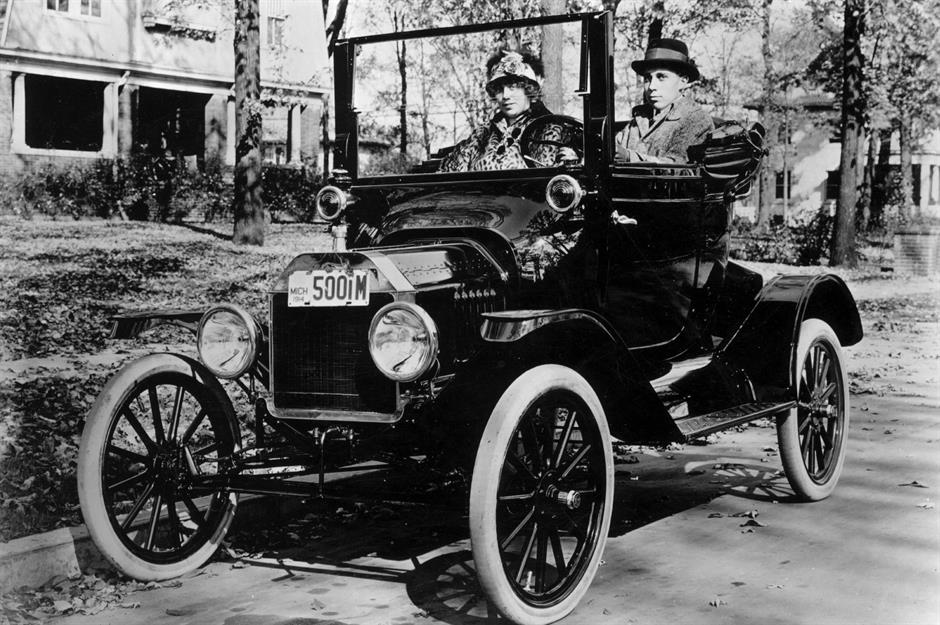
While cars did exist in the late 1800s and early 1900s, they were inefficient and expensive, and an extravagance reserved only for the richest members of society. One of the few automobiles on the market was the Ford Model B, which was manufactured between 1904 and 1906 and cost $2,000 at the time. Sound reasonable? When adjusted for inflation, that's a whopping $70,000 (£54.3k) in today's money.
However, everything changed when Ford introduced the Model T (pictured) to the market in the autumn of 1908. Affectionally dubbed the 'tin Lizzie', the Model T is regarded as the first budget-friendly car with a price point accessible to the mainstream.
Cars: became widely affordable in 1908
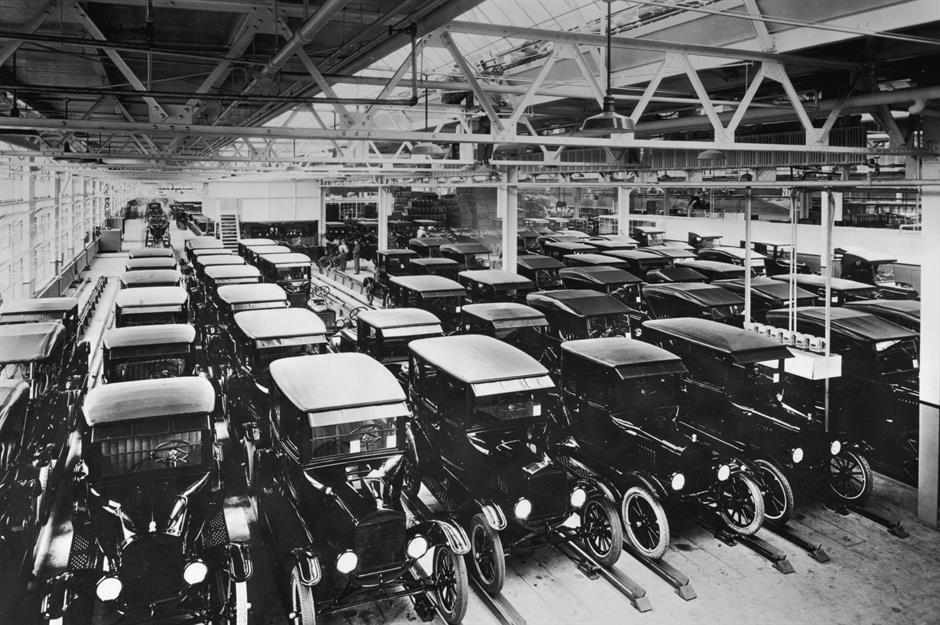
Its low cost was justified as it was mass-produced using a moving assembly line. Prices ranged from $250 to $850, or $8,500 (£6.6k) to $29,100 (£22.6k) in today's money.
According to US car listings site Edmunds.com, the average price of a new car in America was $47,388 (£36.7k) earlier this year. However, unlike our 20th-century ancestors, we at least have the luxury of choice, with different cars now available to suit a wide spectrum of budgets.
Radios: became widely affordable in the 1930s
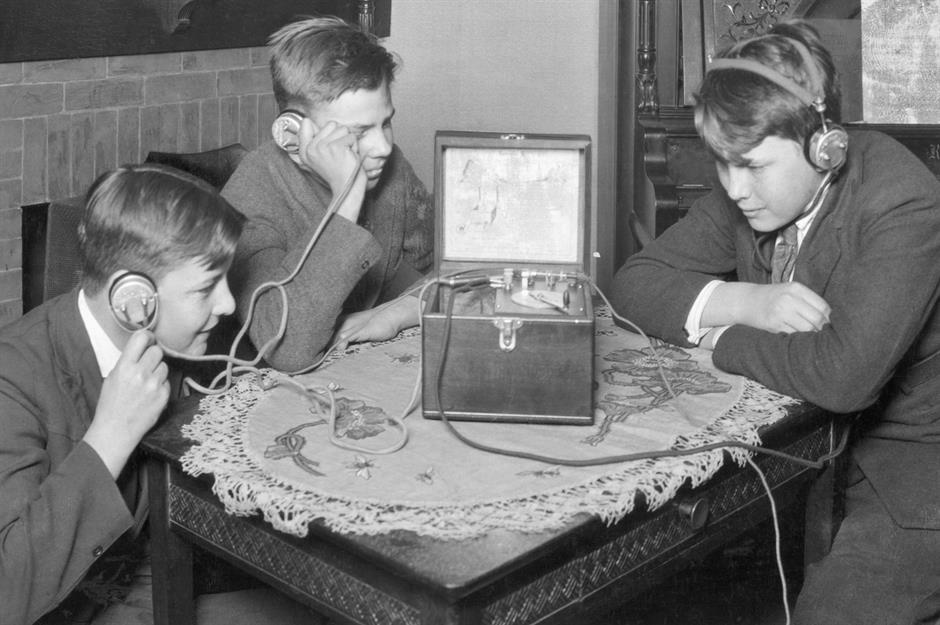
When people first started buying radios for their homes in the 1920s, the typical price point was between $120 and $200. In today's money that's a hefty $1,890 (£1.5k) to $3,150 (£2.4k). For those with a smaller budget, cheaper 'crystal radios' could be built at home for just $6 ($94/£73 today) using lead galena crystal and fine metal wire (known as a 'cat whisker').
However, the sound quality was poor, there were frequent static interruptions, and earphones were required. It wasn't long before the allure of radio caught the public's attention, and mass production began, which considerably lowered costs. By the end of the 1920s, prices had dropped to a far more accessible $35 or $645 (£500) in today's money.
Radios: became widely affordable in the 1930s

The 1930s was nicknamed the 'Golden Age of Radio'. It's believed that almost half of American homes owned a radio, and half a million cars were fitted with one. In addition, the number of radio stations rose from five in 1921 to 612 in 1931 – a staggering increase of 12,140%.
Fast-forward to today and times, and prices, have dramatically changed. Radio's heyday is long gone, with various other mediums taking its place. Meanwhile, a portable radio will cost you as little as $10 (£7) on Amazon.
TVs: became widely affordable in the 1950s
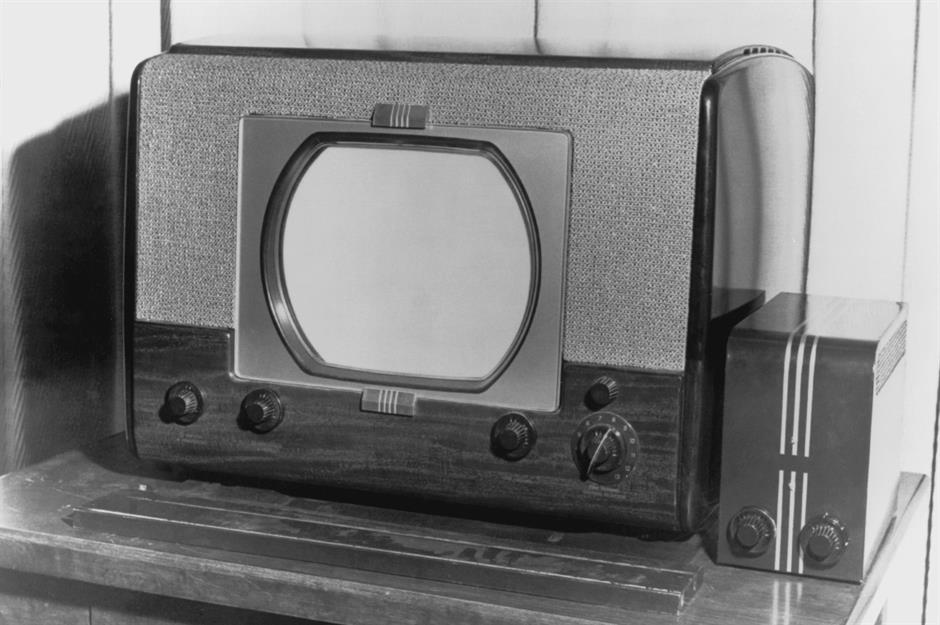
Although Scottish inventor John Logie Baird began to demonstrate his first television prototype in the mid 1920s, his 'Televisor' creation wouldn't hit shelves until the 1930s. The RCA TRK-12 was one of the earliest TVs to go on sale in America and was first available to buy in 1939.
However, you'd need to spend a small fortune to own it as the tiny 12-inch TV initially retailed for $600, or an eye-watering $13,600 (£10.5k) in today's money. TV sales were low in the late 1930s and early 1940s, and not even reduced prices helped drive up sales. Why? Due to the turbulence of the World War II era, job uncertainty was rife, and disposable cash was hard to come by.
TVs: became widely affordable in the 1950s
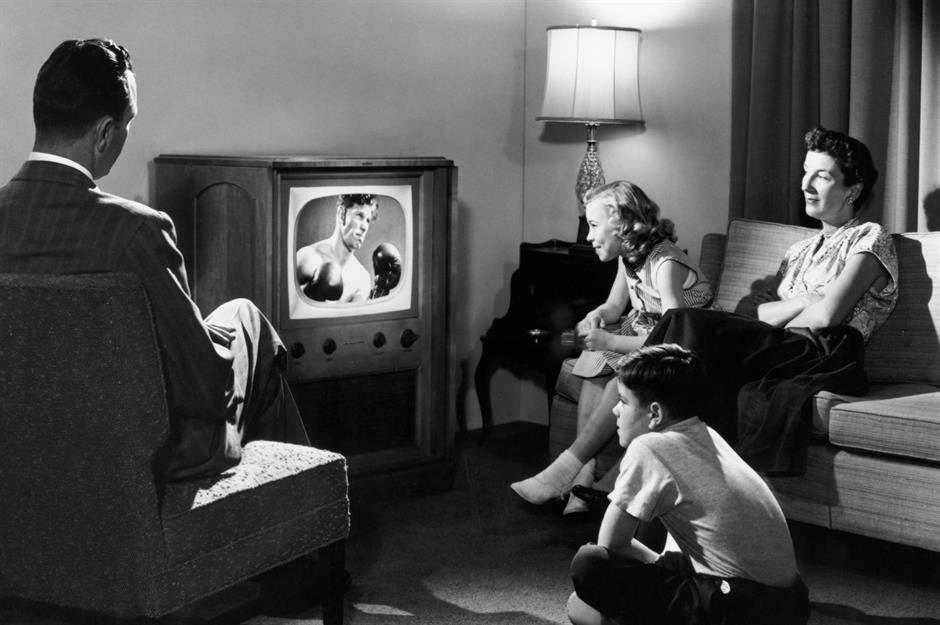
The TV business began to boom in the 1950s. By 1954, the most affordable television was a 17-inch black-and-white RCA model costing $189 or $2,215 (£1.7k) in today's money. Although still costly, many US households considered it a worthwhile investment, and by the end of the decade, around 55 million TVs had been purchased.
Far from being a fad, 98% of Americans possessed at least one TV set by 1993. Fortunately, today's TVs are significantly less expensive. According to Statista, the average worldwide price of a TV in 2024 is $383 (£297), and it's set to fall further in the coming years.
Vacuum cleaners: became widely affordable in the 1970s
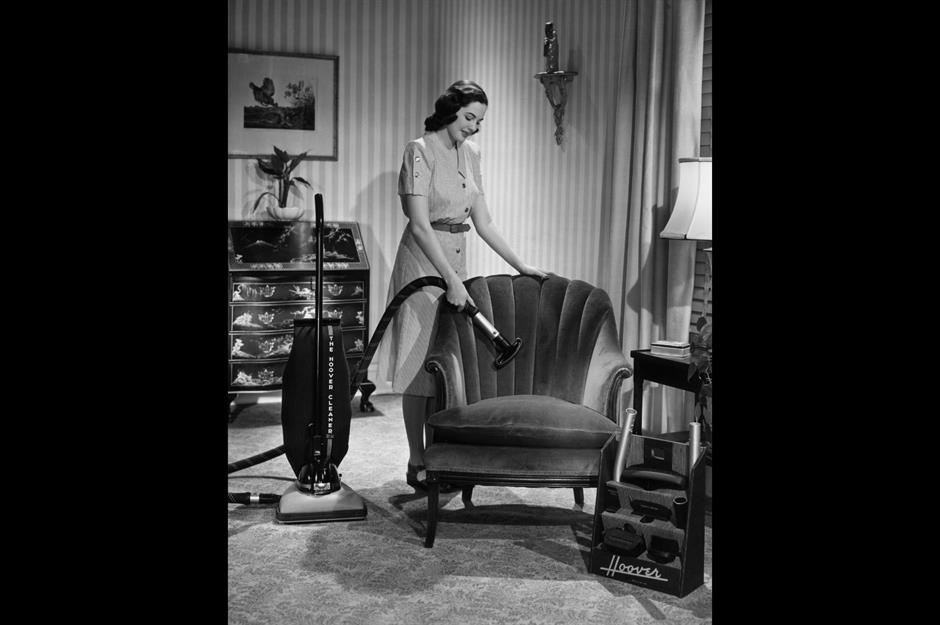
A vacuum cleaner is now a basic staple in most households, although this wasn't always the case. Back in the World War II era, the vacuum was marketed at middle-class housewives, with a substantial bank balance required to purchase one.
For example, in 1937, a Hoover Model 150 cost around $80. It might not sound a lot, but that's actually a whopping $1,750 (£1.4k) in today's money. Needless to say, most people opted to stick with a budget-friendly broom.
Vacuum cleaners: became widely affordable in the 1970s
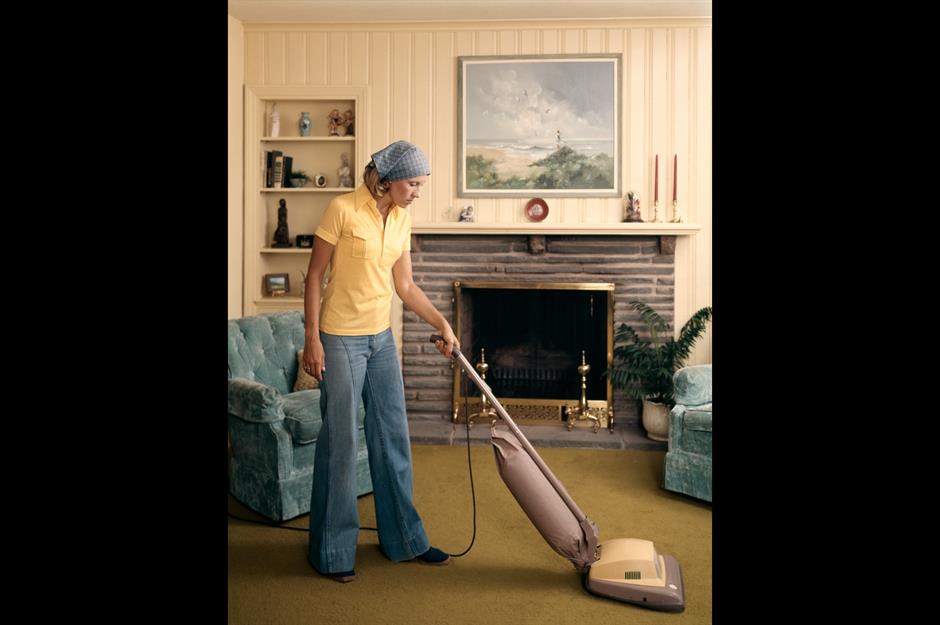
However, people wouldn’t have to wait long for vacuums to enter the mainstream. In 1976, models such as the Singer Deluxe vacuum retailed at a much more reasonable $69.95, the equivalent of $388 (£300) in 2024 money.
Today, people can enjoy the convenience of a vacuum cleaner without breaking the bank. The best-selling model on Amazon.com is a Shark NV360 Navigator Lift-Away Deluxe Upright Vacuum, which retails for $99.95 (£77).
Flying: became widely affordable in 1978
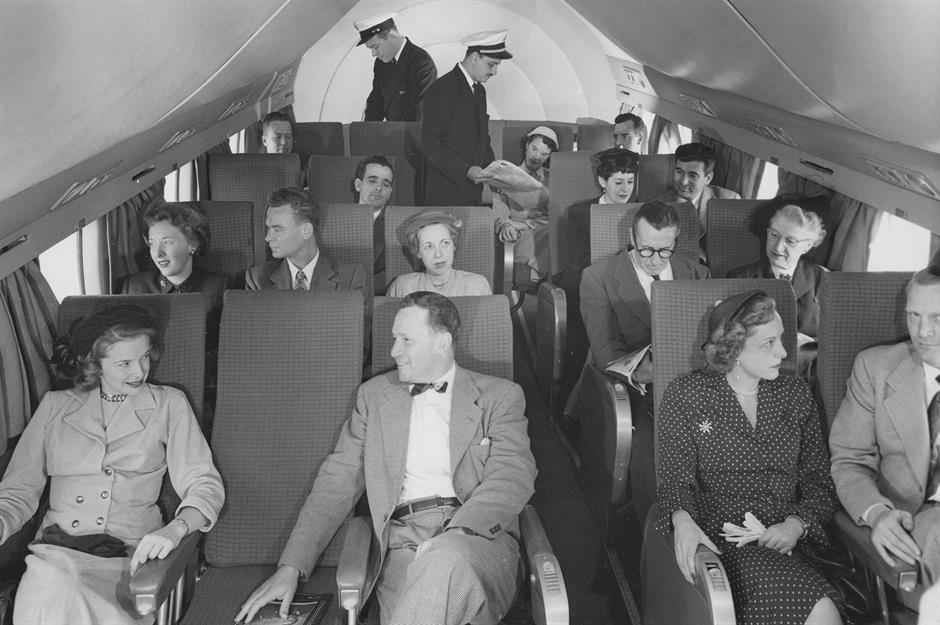
Although commercial air travel had begun to gain momentum in the 1920s, it only really began to take off in the 1950s. Despite this, more than 80% of Americans had never been on a plane by 1958 due to the sky-high prices.
A round-trip ticket from Boston to LA cost the 2024 equivalent of $5,280 (£4.1k) in 1941, compared to a lowly $150 (£116) today. Cost aside, flights took significantly longer too. In 1941, for example, that same flight took longer than 15 hours and included several stops, compared to a direct flight of six hours today.
Flying: became widely affordable in 1978
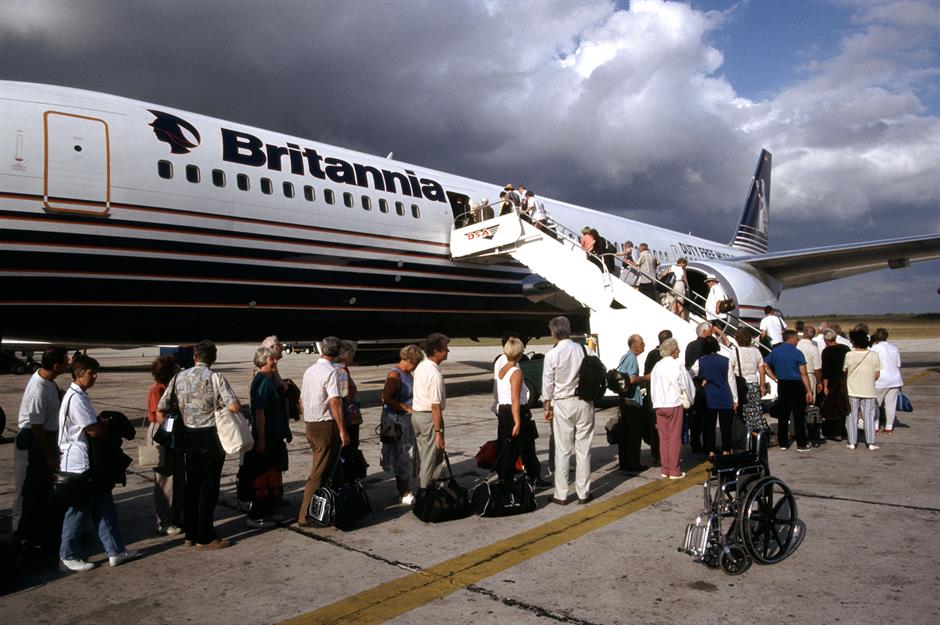
In 1978, however, everything changed. Prior to this point, the federal government regulated airlines in the United States, controlling routes, scheduling, rates, and the number of carriers. Airlines had just one objective in the post-deregulation era: to sell tickets. Prices were slashed as competing airlines fought to fill their seats. As a result, air travel became affordable to the masses.
Today, air travel is more accessible than ever before. A recent survey by Airlines for America found that 90% of Americans had taken a commercial flight in their lifetimes.
Personal computers: became widely affordable in the 1980s
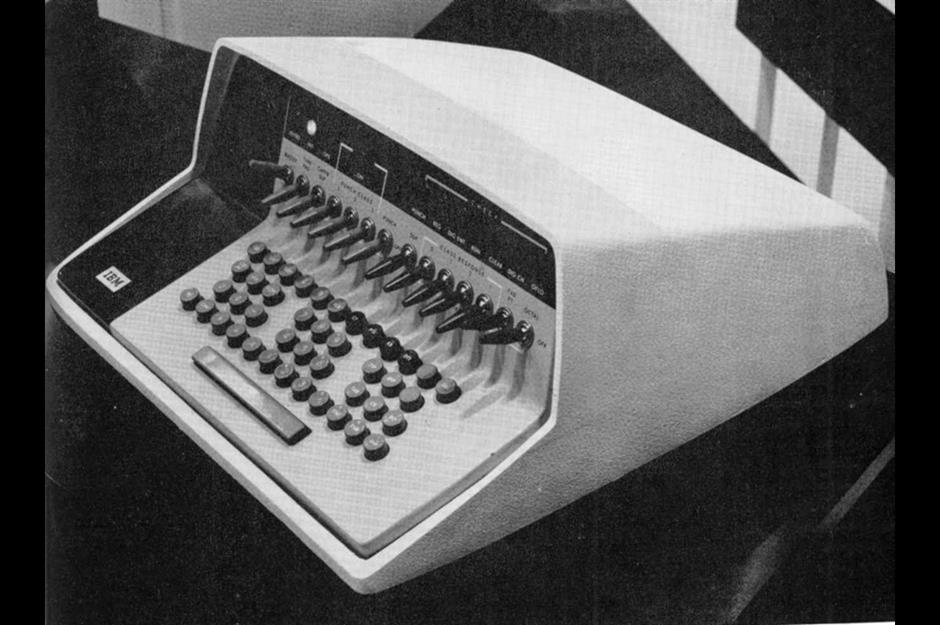
Whether it's a home desktop, a laptop, or a mobile phone, computers are now more or less regarded as a basic necessity of 21st-century life. However, you won't believe the outrageous cost of the first personal computer.
When it hit shelves in 1957, the IBM 610 (pictured) cost $55,000 – a staggering $617,000 (£478k) in today's money. Alternatively, the machine could also be rented for $1,150 per month, the equivalent of around $12,900 (£10k) in today’s money. Only 180 units were produced due to the jaw-dropping price.
Personal computers: became widely affordable in the 1980s

Two decades later, personal computers were still expensive. In 1977, the world's first successful mass-produced microcomputer – the Apple II – entered the market. However, it came with a $1,289 price tag, or $6,700 (£5.2k) in today’s money.
Fortunately, after the launch of the Apple II, there wasn't a long wait for more affordable personal computers. The Sinclair ZX80 (pictured) was released in 1980. With a price of £99.95 for a ready-built version (or $536/£416 in today's money), it was one of the first computers to sell in the UK for less than £100.
Mobile phones: became widely affordable in 1999
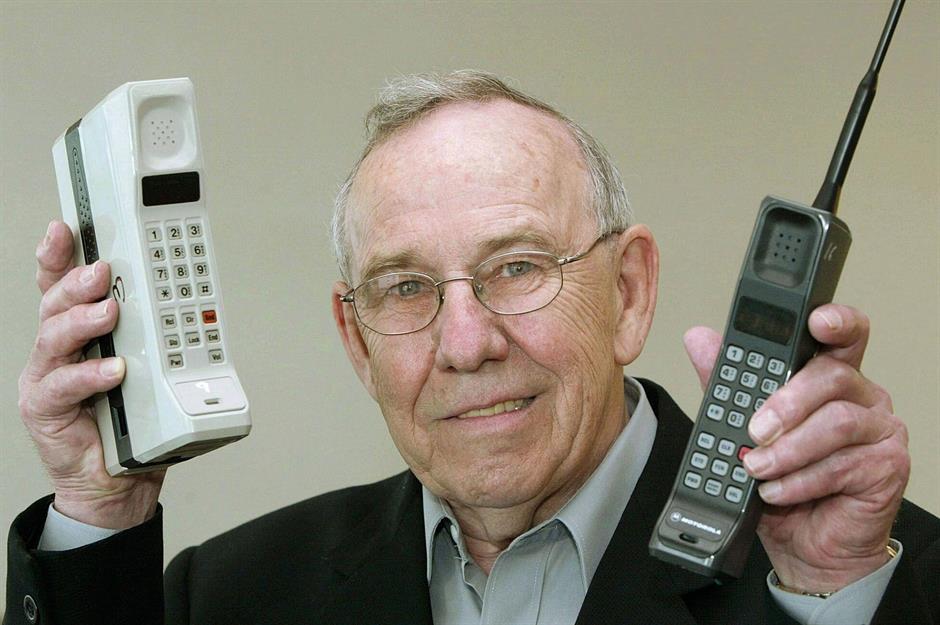
The first mobile phone was invented earlier than you might imagine – in 1973 by Motorola engineer Martin Cooper and designer Rudy Krolopp (pictured). The bulky DynaTAC 8000X weighed a hefty 2lb (1.1kg) and only allowed 30 minutes of talk time before needing 10 hours to recharge. Despite this, the device was priced at $3,995, around $12,100 (£9.4k) in today’s money, when it went on sale in 1984.
Despite Cooper's breakthrough invention, the mobile phone industry didn't gain serious momentum until the 1990s. Due to the high cost of the gadgets, they were reserved for the likes of business professionals or the ultra-wealthy for most of the decade.
Mobile phones: became widely affordable in 1999
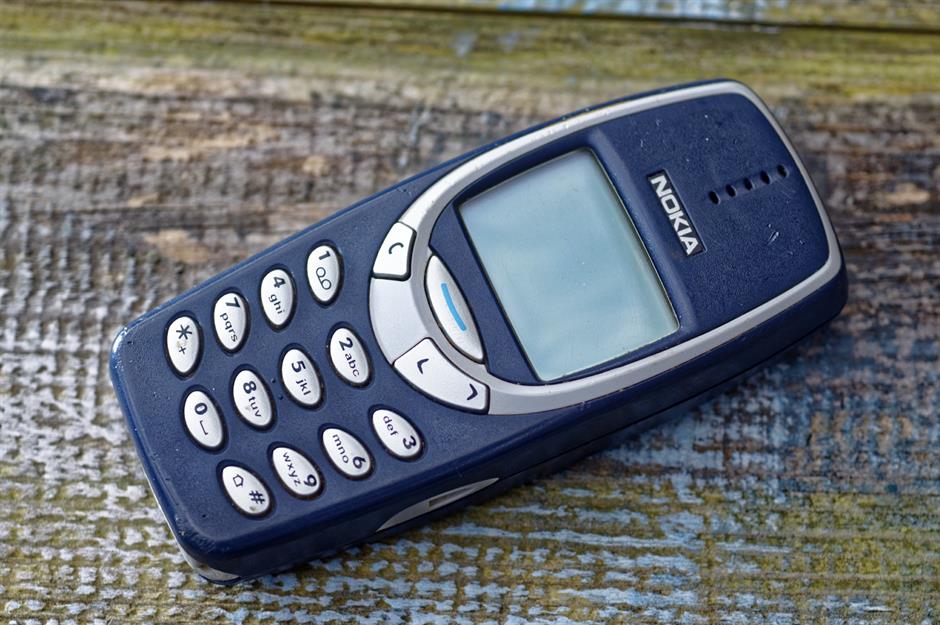
Everything changed when the Nokia 3210 hit shelves in 1999. Nokia had been producing mobile phones for years, but its 3210 model was the first phone that nailed a winning formula of affordable price, reasonable size, and must-have functionality. As well as appealing to the mainstream market, it was also the first mobile phone to have a fully internal antenna – and it included the must-play Snake game too.
A year later, its successor, the Nokia 3310 (pictured) was released with a price tag of around $160 ($293/£227 today). Sleeker and more compact, the 3310 has sold over 126 million units since it first launched and remains one of the best-selling mobile phones of all time. When the first iPhone hit shelves in 2007, the industry was reinvented again. However, it was the launch of the Nokia 3310 that first introduced mobiles to the mainstream.
Digital cameras: became widely affordable in the 2000s
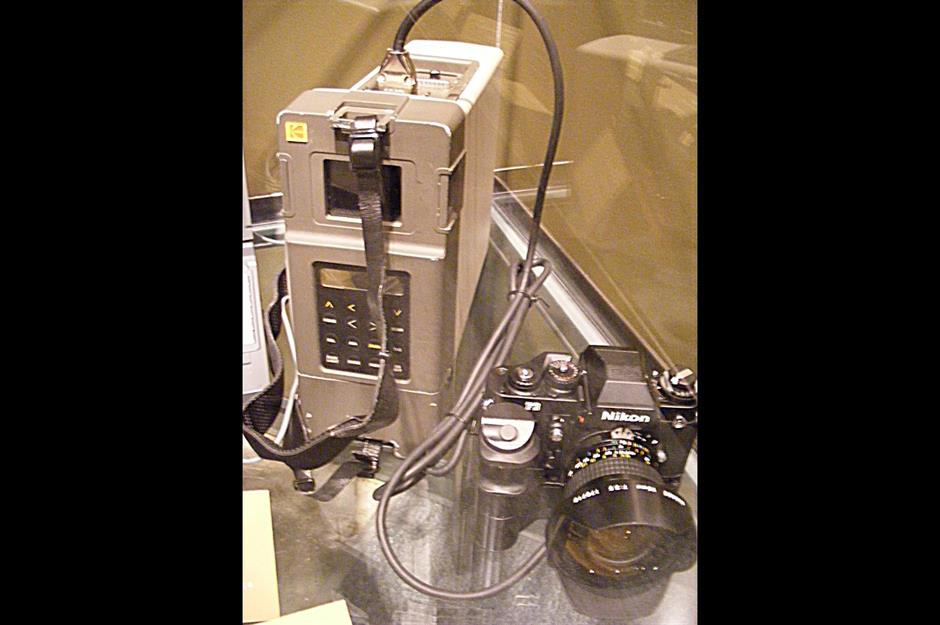
The first digital camera was invented in 1975 by Steve Sasson, an engineer at Kodak. His prototype was the size of a bread bin and took a tedious 23 seconds to capture a single image. Despite Sasson's admirable innovation, it never made it to market. The first digital camera to actually go on sale was the Kodak DCS 100 (pictured) in 1991.
The camera came with a hefty $20,000 price tag, or an eye-watering $46,300 (£35.9k) in today’s money. Aimed at professionals, the device required an external data storage component that the photographer had to carry on a shoulder strap and connect by cable to the camera. Due to the cost, only 987 units were sold from 1991 to 1994.
Digital cameras: became widely affordable in the 2000s
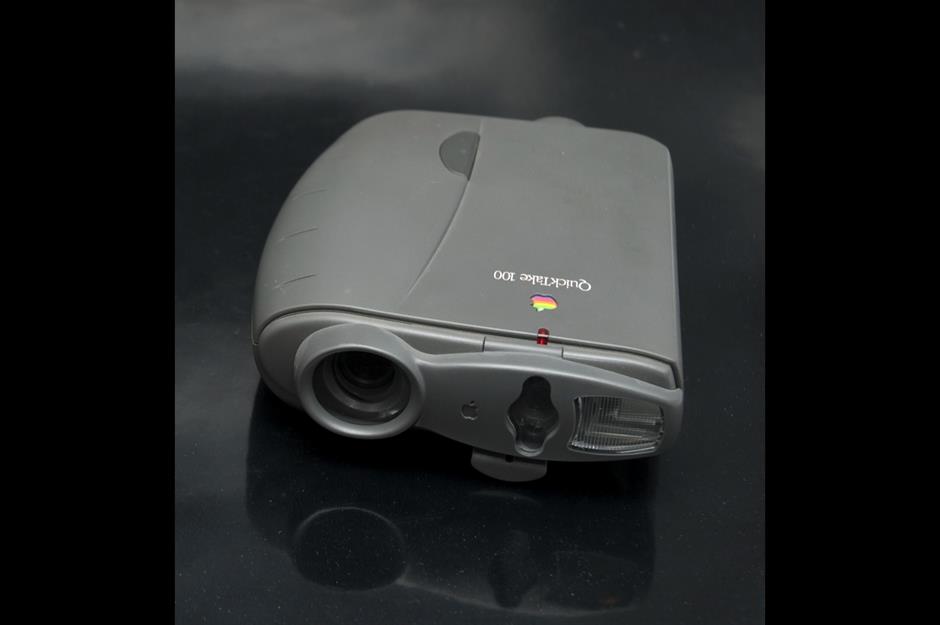
Digital cameras became substantially less expensive when Apple debuted its QuickTake camera (pictured) in 1994, with a price tag of $749 or £1,590 (£1.2k) in today's money. As the decade went on, digital cameras gradually became more affordable. In 2007, the first iPhone launched for $499 (around $758/£588 in today's money), revolutionising the digital camera forever.
Today, thanks to our smartphones, many of us have high-quality digital cameras that fit in our pockets. And we evidently love using them – according to the digital marketing firm Omnicore a whopping 1.3 billion photos are shared on Instagram every day.
Laser printers: became widely affordable in the 2000s
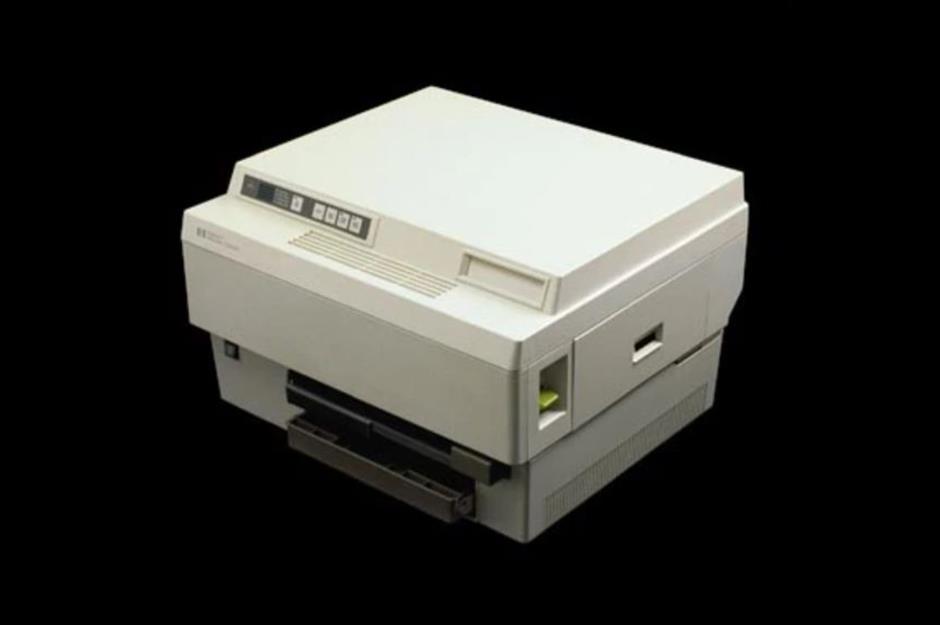
Prior to 1984, the majority of printers on the market were noisy and printed in poor resolution. IT company HP had been collaborating with Canon on laser printer technology since the 1970s. With the rise of personal computers in the 1980s, the company decided to implement the cutting-edge technology in its printers.
As a result, HP's LaserJet printer (pictured) was the first-ever desktop laser printer created for personal computers. When it was first launched in 1984, it cost $3,500, or a staggering $10,600 (£8.2k) in today's money. With its ability to quickly produce high-quality printouts in near-silence, there was no other printer like it on the market, and it could command a premium price.
Laser printers: became widely affordable in the 2000s
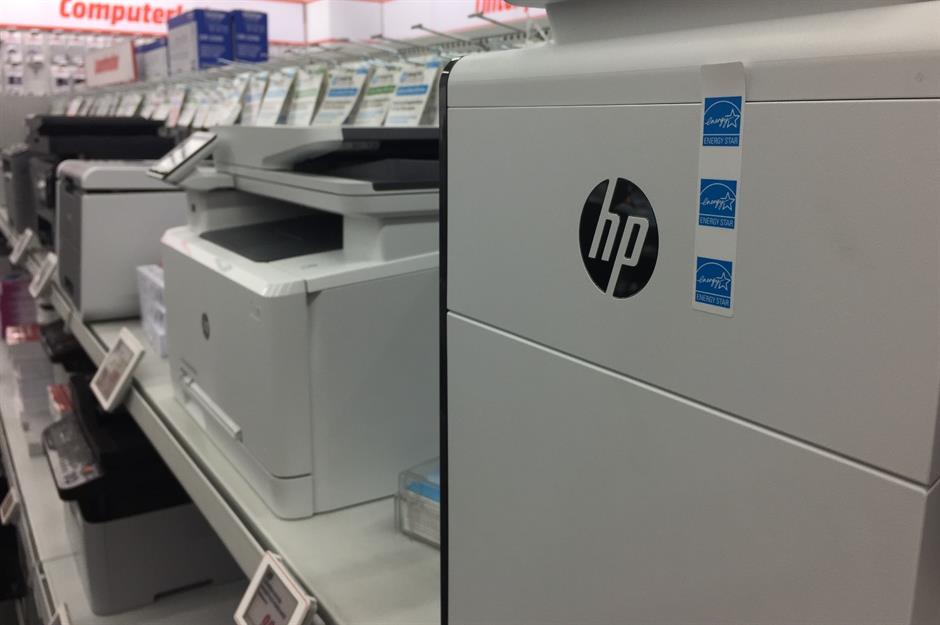
The LaserJet IIP launched in 1990 at $1,495, or around $3,600 (£2.8k) in today's money. But throughout the decade, the cost of laser printers continued to fall. In fact, they became so accessible to the general public that HP celebrated the shipping of its 50 millionth LaserJet printer in December 2000.
The machine became a staple in the home as well as in the office. Laser printers are now, thankfully, far more affordable than they were decades ago. You can order one on the HP website for as little as $120 (£93).
Now discover the 20 ridiculed inventions that proved everybody wrong
Comments
Be the first to comment
Do you want to comment on this article? You need to be signed in for this feature
Most Popular
Features How Michael Jackson's children boost their bank balances